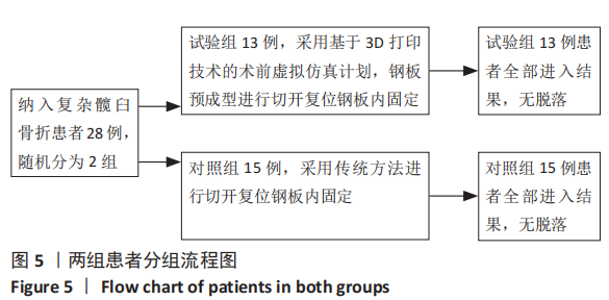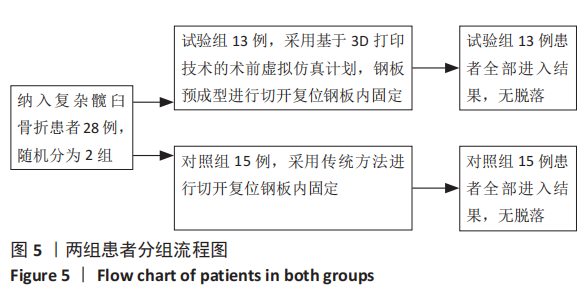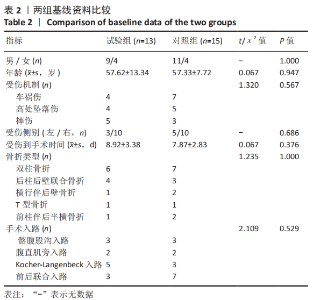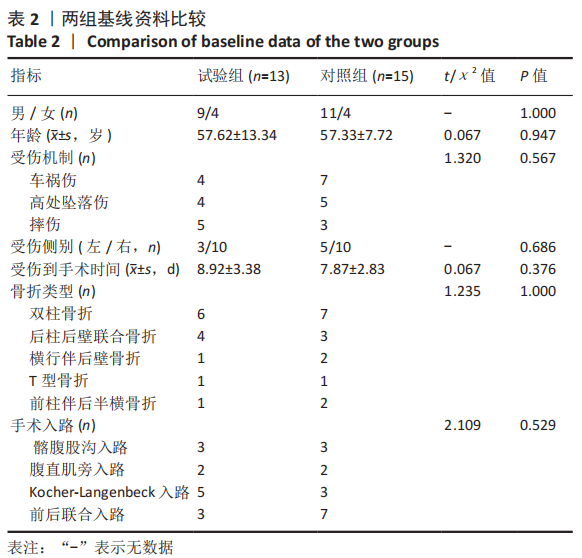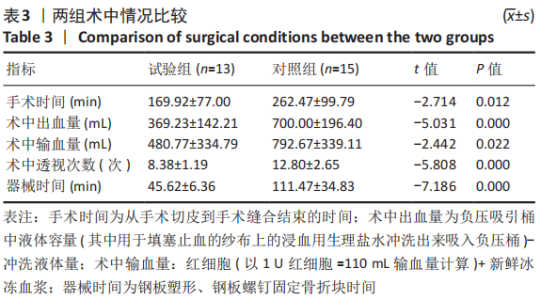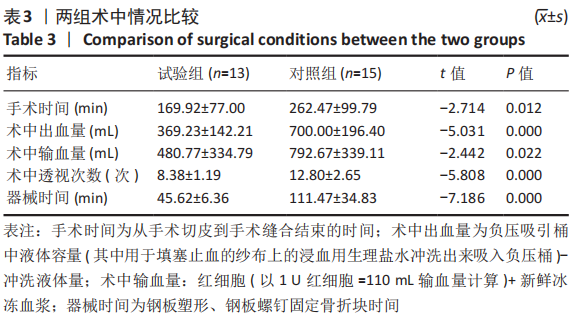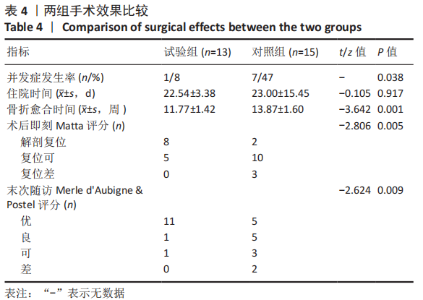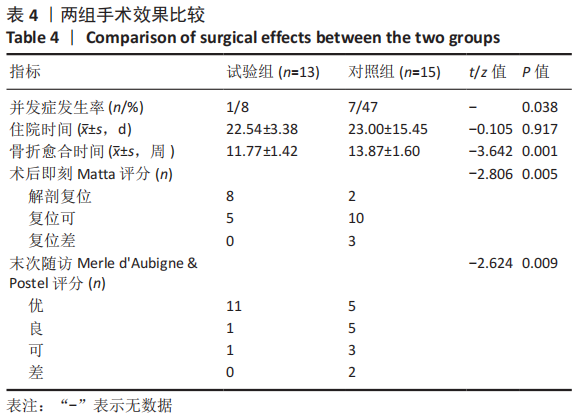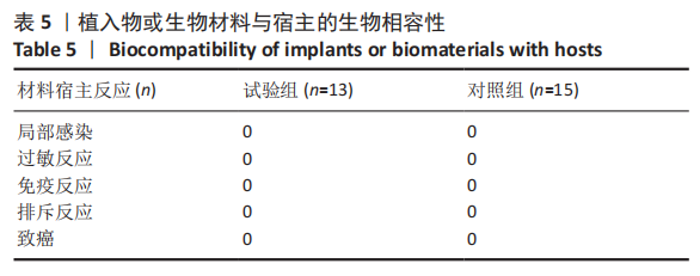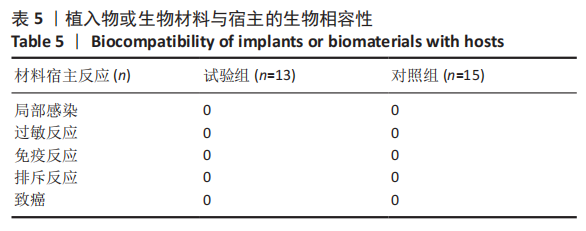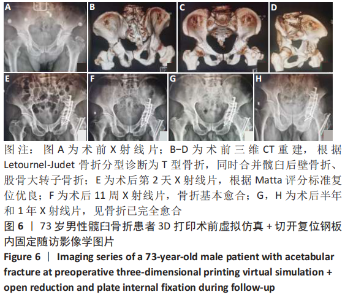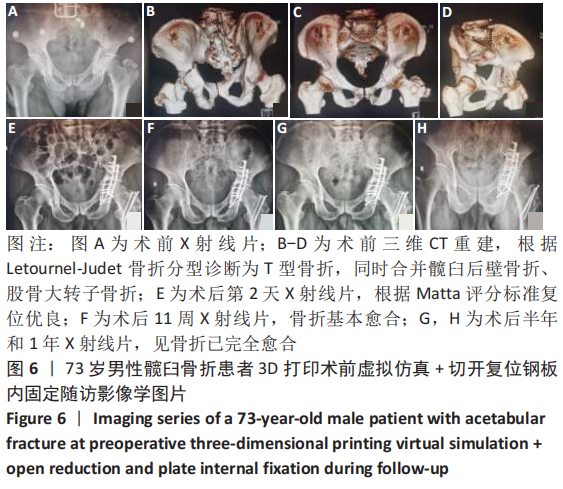[1] MAINI L, VERMA T, SHARMA A, et al. Evaluation of accuracy of virtual surgical planning for patient-specific pre-contoured plate in acetabular fracture fixation. Arch Orthop Trauma Surg. 2018;138:495-504.
[2] 柳鑫,曾参军,卢键森,等.3D打印计算机虚拟辅助技术在髋臼骨折术前规划中的应用[J].南方医科大学学报,2017,37(3):378-382.
[3] A third industrial revolution. Economist. 2012;403(8781):a3-a4.
[4] MAINI L, SHARMA A, JHA S, et al. Three-dimensional printing and patient-specific pre-contoured plate: future of acetabulum fracture fixation? .Eur J Trauma Emerg Surg. 2018;44:215-224.
[5] CHEN K, YANG F, YAO S, et al. Application of computer-assisted virtual surgical procedures and three-dimensional printing of patient-specific pre-contoured plates in bicolumnar acetabular fracture fixation. Orthop Traumatol Surg Res. 2019;105(5):877-884.
[6] MATTA JM. Fractures of the acetabulum: Accuracy of reduction and clinical results in patients managed operatively within three weeks after the injury. J Bone Joint Surg. 1996;78-A:1632-1645.
[7] CIMERMAN M, KRISTAN A. Preoperative planning in pelvic and acetabular surgery: the value of advanced computerised planning modules. Injury. 2007;38:442-449.
[8] YOU W, LIU LJ, CHEN HX, et al. Application of 3D printing technology on the treatment of complex proximal humeral fractures (Neer3-part and 4-part) in old people. Orthop Traumatol Surg Res. 2016;102:897-903.
[9] UPEX P, JOUFFROY P, RIOUALLON G. Application of 3D printing for treating fractures of both columns of the acetabulum: benefit of pre-contouring plates on the mirrored healthy pelvis. Orthop Traumatol Surg Res. 2017;103:331-334.
[10] CAFFREY JP, JEFFORDS ME, FARNSWORTH CL, et al.Comparison of 3 Pediatric Pelvic Osteotomies for Acetabular Dysplasia Using Patient-specific 3D-printed Models. J Pediatr Orthop. 2019;39(3):e159-e164.
[11] PUNYARATABANDHU T, LIACOURAS PC, PAIROJBORIBOON S. Using 3D models in orthopedic oncology: presenting personalized advantages in surgical planning and intraoperative outcomes. 3D Print Med. 2018; 4(1):12.
[12] 张忠岩,祁同宁,穆怀昭,等.髋臼骨折固定中3D打印技术辅助虚拟手术计划的疗效评价[J].中国组织工程研究,2020,24(15):2405-2409.
[13] 侯志勇.骨盆、髋臼骨折治疗的创新之路[J].中华创伤杂志,2020, 36(11):961-965.
[14] SEBAALY A, RIOUALLON G, ZARAA M, et al. Standardized three dimensional computerised tomography scanner reconstructions increase the accuracy of acetabular fracture classification. Int Orthop. 2018;42(8):1957-1965.
[15] HSU CL, CHOU YC, LI YT, et al. Pre-operative virtual simulation and three-dimensional printing techniques for the surgical management of acetabular fractures. Int Orthop. 2019;43(8):1969-1976.
[16] MEREMA BJ, KRAEIMA J, TEN DUIS K, et al. The design, production and clinical application of 3D patient-specific implants with drilling guides for acetabular surgery. Injury. 2017;48(11):2540-2547.
[17] AWAN OA, SHETH M, SULLIVAN I, et al. Efficacy of 3D Printed Models on Resident Learning and Understanding of Common Acetabular Fracturers. Acad Radiol. 2019;26(1):130-135.
[18] HUNG CC, LI YT, CHOU YC, et al. Conventional plate fixation method versus pre-operative virtual simulation and three-dimensional printing-assisted contoured plate fixation method in the treatment of anterior pelvic ring fracture. Int Orthop. 2019;43(2):425-431.
[19] 黄复铭,樊仕才.3D打印技术辅助治疗骨盆髋臼骨折的研究进展[J].中国临床解剖学杂志,2019,37(3):347-350.
[20] SHON HC, CHOI S, YANG JY. Three-dimensional printing-assisted surgical technique with limited operative exposure for both-column acetabular fractures. Ulus Travma Acil Cerrahi Derg. 2018;24:369-375.
[21] Bagaria V, Deshpande S, Rasalkar DD, et al. Use of rapid prototyping and three-dimensional reconstruction modeling in the management of complex fractures. Eur J Radiol. 2011;80:814-820.
[22] BROWN GA, MILNER B, FIROOZBAKHSH K. Application of computer-generated stereolithography and interpositioning template in acetabular fractures: A report of eight cases. J Orthop Trauma. 2002;16:347-352.
[23] BOUDISSA M, COURVOISIER A, CHABANAS M, et al. Computer assisted surgery in preoperative planning of acetabular fracture surgery: state of the art. Expert Rev Med Devices. 2018;15(1): 81-89.
[24] BATTIATO C, BASIGLINI L, GIOVANNINI F. Traumatological Application of 3D Model in Complex Acetabular Fractures. Trauma Cases Rev. 2017; 3:1-4.
[25] PRABHU SP. From CT and MR images to 3D printed models-Software Basics for the Surgeon in 3D. 3D Print Orthop Surg. 2019:31-40.
[26] BI C, JI X, WANG F, et al. Digital anatomical measurements and crucial bending areasof the fixation route along the inferior border of the arcuate line for pelvic and acetabularfractures. BMC Musculoskelet Disord. 2016;17:125.
[27] YU AW, DUNCAN JM, DAURKA JS, et al. A feasibility study into the use of three-dimensional printer modelling in acetabular fracture surgery. Adv Orthop. 2015;2015:617046.
[28] HAO S, WANG F, LIU Z, et al. 3D printing mirror model to assist MIPPO technology in the treatment of displaced midshaft clavicle fracture: A case report. Int. J Clin Exp Med. 2019;11:2717-2720
[29] YAO LF, WANG HQ, ZHANG F, et al. Minimally invasive treatment of calcaneal fractures via the sinus tarsi approach based on a 3D printing technique. Math Biosci Eng. 2019;16:1597-1610.
[30] CHUNG KJ, HONG DY, KIM YT, et al. Preshaping Plates for Minimally Invasive Fixation of Calcaneal Fractures Using a Real-Size 3D-Printed Model asa Preoperative and Intraoperative Tool. Foot Ankle Int. 2014; 35:1231-1236.
[31] LI YT, HUNG CC, CHOU YC, et al. Surgical Treatment for Posterior Dislocation of HipCombined with Acetabular Fractures Using Preoperative Virtual Simulation and Three-Dimensional Printing Model-Assisted Precontoured Plate Fixation Techniques. Biomed Res Int. 2019; 2019:3971571.
|
